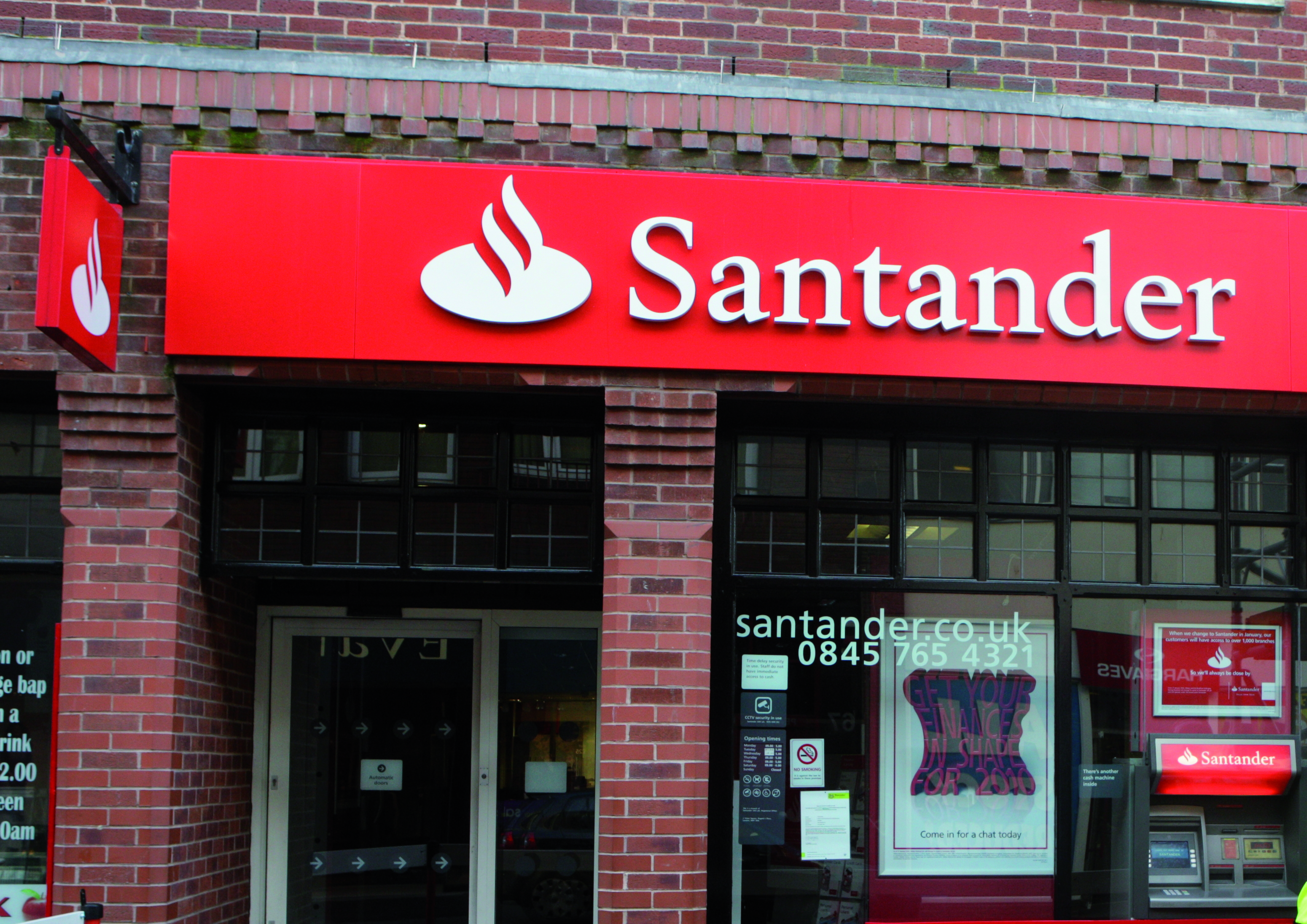Normal
0
false
false
false
EN-GB
X-NONE
X-NONE
MicrosoftInternetExplorer4
/* Style Definitions */
table.MsoNormalTable
{mso-style-name:”Table Normal”;
mso-style-parent:””;
font-size:10.0pt;”Calibri”,”sans-serif”;}
Drew Wotherspoon of John Charcol commented, "The roller coaster movement in product choice reflects the rapid change in mortgage pricing and interest rate sentiment over the last year. With the outlook for interest rates little changed over the last month an even higher proportion of borrowers chose a variable rate mortgage, in most cases a tracker. The Bank of England’s announcement this month of an extension of the Quantitative Easing programme by a further £25bn is another indication that Bank Rate in unlikely to rise in the next few months. Even if longer term fixed rates don’t get much cheaper than those currently available at just under five per cent, there seems a good prospect that borrowers on a variable rate will be able to benefit from rates more than two per cent lower for the time being and then switch to a similarly priced fixed rate later."
Wotherspoon continued, "There was a further increase, albeit small, in the proportion of purchases last month, to 58.5 per cent, the largest percentage since we started keeping records. First time buyer (FTB) activity as a percentage of total purchases showed a marked increase to 15.3 per cent, up from 10.4 per cent in September. Although many potential FTBs are still shut out of the market because of the lack of an adequate deposit or failing to meet lenders’ onerous credit score requirements for high LTV mortgages, several lenders have improved their pricing and availability of mortgages to 85 per cent and 90 per cent over the last month and so there are some encouraging signs for these would be FTBs."
The John Charcol Mortgage Index is published monthly, tracking three important statistics, based on mortgage business written by John Charcol. The index is a leading indicator of trends being based on mortgage applications submitted to lenders, whereas figures reported by the Council of Mortgage Lenders (CML) and the Bank of England (BofE) are based on completions, which typically take place 2-3 months after the mortgage application is submitted.






